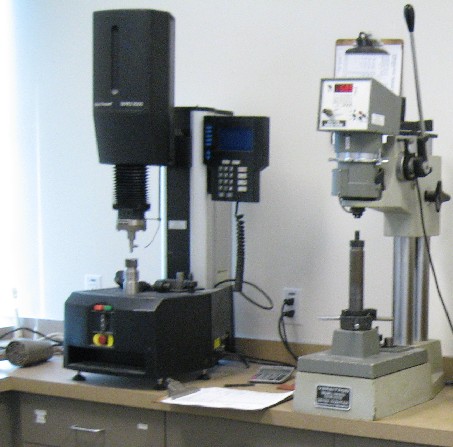Induction Heat Treating: Possible Causes of Soft Parts
The process of induction hardening is based on the same principles as any other heat treating operation designed to harden parts. The process is dependant on several factors to be successful, bringing the material to the proper temperature, cooling the material rapidly to allow the transformation of martensite to occur, and finally the general chemistry and ability of the material to harden properly. When one or more of these critical factors are not present, the material may end up with soft spots or remain soft entirely.
The factors that we as heat treaters have the most control over are the heating and quenching of the parts.
It is important to bring the materials to the proper temperatures in order for the austenitic phase to occur. In some cases, based on the material, it may be necessary to hold the temperature for a fixed amount of time to allow all the material to fully transform and avoid undesirable by-products that that can later reduce the materials hardness.
It is just as important to quench a material properly to produce the desired hardness. Improper quenching can occur if a part is quenched too slowly by using the wrong quenchant for a certain material, or not using enough quenchant to remove the heat quickly enough. Also, most water based quenchants use additives such as a polymer to slow down the cooling to prevent cracks; the addition of too much of this substance (polymer) reduces the ability to remove the heat quickly enough and can cause soft parts. Care must also be taken to cool the part sufficiently to prevent residual heat from tempering the part.
One of the most important factors to allow proper hardness to be achieved is one that we have very little control over, the basic chemistry and properties of the steel. It is important to understand that modern steels, while very tightly controlled in their composition, still do have a tolerance for how much carbon and various other alloying agents that promote hardenabilty are present.
It is important to understand and design around these tolerances. Doing so could help to prevent a situation where a heat of steel can be on the low side of the carbon and alloy range, and would not be able to achieve the hardness if it was designed around the high side of the range.
Also during manufacturing or subsequent operation, steel can loose carbon on the surface, also known as decarburization. This will sometimes result in localized soft spots or a hardened layer below the softer decarb area.
These are just a few of the common things that will cause your parts to be on the low side of your hardness tolerances.

Lou Ghinga
Estimator
Zion Industries, Inc.
